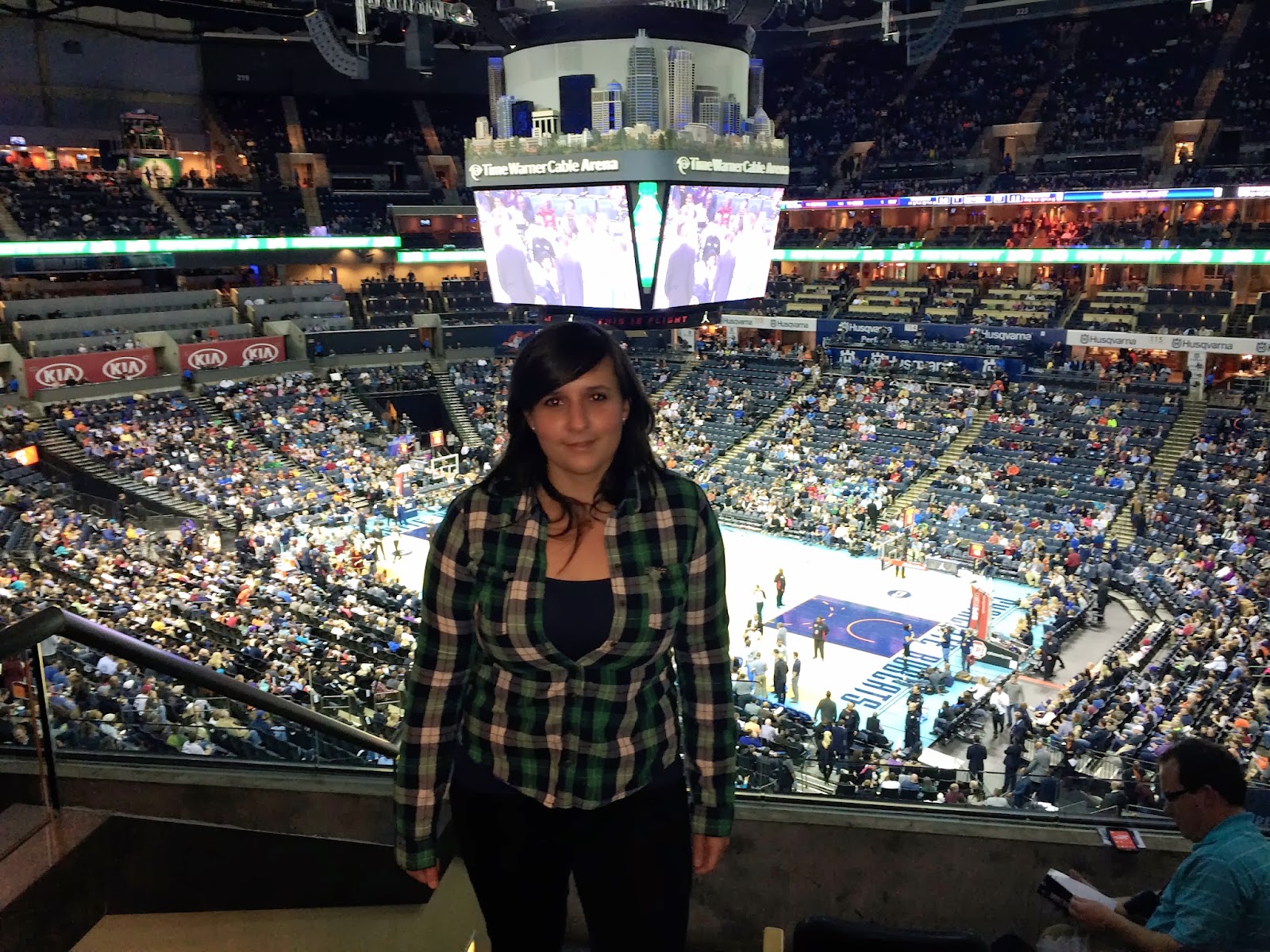 |
| www.tourterraba.com (Our Costa Rican tour website) |
“Backpacker Bob,
Professor Penny, Momma Mary, Single Steve.” My grad school professor read
aloud the list of characters as we sat in a Costa Rican restaurant preparing
for our trip home to the States last January. They would be our fictional
audiences for a website we would have two weeks to develop and they sounded to
me like something out of a children’s book.
In
the marketing world we were told they are called personas, and the idea is
simple. Create real life characters for each target market of consumers
that might be interested in our “tour Costa Rica with an indigenous tribe”
website, with clear needs, desires, and interests and figure out how to
effectively market to each. While the gimmicky character names and
stories resulted in a few eye rolls initially, they became an effective tool as
time went on for why every decision we made mattered. Would we need a
website responsive to mobile? Yes, Backpacker Bob would only be able to
access our content via a smartphone. Would we want video content on the
site? Yes, Single Steve would want to show his friends the cool
waterfalls and rappelling activities available. Would we need a questions
and answers section? Yes, Momma Mary would want to know things like
safety, nearest hospitals, and what to bring before loading her kids in the
car. Each persona encouraged our team to think of the needs of its
represented audience and how to improve the overall experience of our site.
.JPG) |
| instagram.com/brooklyn_hun |
I hadn’t thought much about the use of personas
since my role as marketing lead in Costa Rica, that is until this week, when I traveled to
Tampa to visit with Emily Miller, in-game entertainment coordinator for the
Tampa Bay Rays.
During our discussion about the great work the
Rays have done in their small market to get fans in the seats and create an
advanced inner stadium experience, Emily brought up personas as clutch to the
baseball marketing business. “Pat
Parent, Fred Fanatic, Sally Socialite,” the names brought a smile, reminiscent
of my time in Costa Rica, only here they were the basis for every marketing decision
at the Rays.
 |
| Source: http://bit.ly/1nUYUUC |
Fred Fanatic fills most of the weekday
attendance, his passion for the game frees the clubhouse from providing extra
frills. He’s a stats reading, play watching, score-keeping traditionalist whose
love for baseball brings him to the stadium as often as he can. Access to game recaps, scores for other
concurrent games, and materials on the history of the team, as well as the in-stadium Ted Williams Museum and Hitters Hall of Fame, and season ticket packages are provided by the Rays to keep Fred returning weekly if not nightly.
 |
| Source: http://bit.ly/1fVukQV |
Sally Socialite represents the young
professional. She appreciates a ballgame for networking, time with friends, or even just an evening out. She wants and expects to
stay connected to her social networks via her smartphone while at the ballpark, and whether it’s a
date night or a girls’ night out, she looks for other concession/merchandise
specials and outside entertainment to maintain her interest. For this demographic the Rays have embraced
social media with fan-generated content, check-ins, “tweet ups,” free t-shirts, and
company sponsored events. The organization was also
the first to extend the Major League Baseball experience to include an after the game
concert series culminating in a more lucrative night out package.
 |
| Source: J. Meric/Getty Images |
Finally, Pat Parent seeks something
affordable, fun, and engaging for her kids.
She looks for good deals, family-friendly activities, and experiences
her kids will enjoy. The Rays have
reached out to this demographic on Sundays, with kid centered activities for a whole day at the park with group deals for parking, autographs, promotional
gifts for kids, popular mascot involvement including a team created DJ Kitty character, opportunities for kids to run
the bases after the game, and kid-centric in stadium activities.
Personas have become an easy tool
for marketers to remind the rest of the organization who the target markets are
and why the strategies they’ve implemented will be effective. They can be transferable to any business or
industry and while they may seem a bit rudimentary they allow the organization
to think from the prospective of a representative group member about what his or her
demographic's needs might be and how to target content, products, and sales calls in a far
less overwhelming way than considering every individual customer. Consider utilizing these tools
when presenting to executives, they are easy to recall, visually entertaining,
and often an effective brainstorming tool to encourage conversation and
strategic thinking about ways to reach more customers in more unique ways. Do you use personas in your industry? Are they successful? Let me know!






















